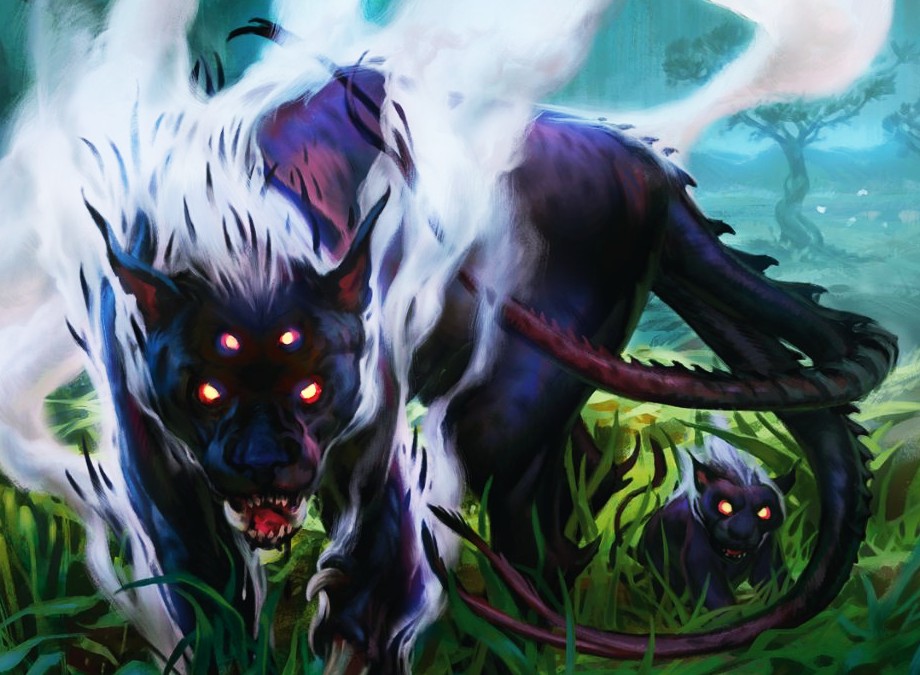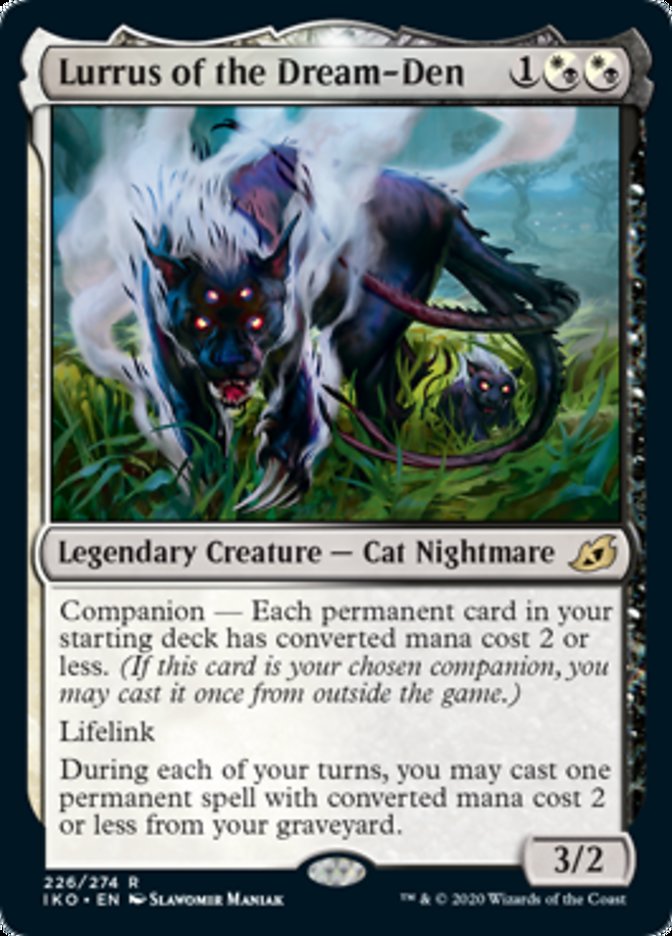
Lurrus of the Dream-Den has made us as a competitive Magic community re-evaluate almost all Magic cards. Almost overnight this card made some nearly unplayable cards into mainboard cards and has put us into the position of having to re-imagine the Pioneer format. In this article, I'm going to talk about three different decks that have had success in Pioneer and take advantage of Lurrus.
Lurrus Orzhov Sram
First off, we have an Orzhov Sram Auras list. This decklist, piloted by MTGO user Bertram, has put up the best results in recent events and seems to be fit to attack the Pioneer format.
The Deck




Let's talk about this sweet low to the ground aggro deck. It has a few key creatures that make the deck really work together. Sram, Senior Edificer is likely the most important card to have in your opening hand and is really your best way to a successful game. A 2/2 for two isn't gonna break any format by itself, but it's triggered ability to draw a card whenever you cast auras, equipment, or vehicles is the engine that will drive you to victory. Joining the deck is a bevy of small but effective threats. Alseid of Life's Bounty provides a cheap body to hold auras, lifelink to win aggro matchups, and a very relevant activated ability that will allow you to protect your creatures from pesky removal spells or to sneak an attacker through. Alseid of Life's Bounty activated ability means a regular spell to cast out of your graveyard with your Lurrus, so don't be afraid to throw away your Alseid early. Favored Hoplite is an aggressive body that gives itself an additional bonus when you enchant it. Hateful Eidolon is another lifelink creature that has a great ability, helping you claw back value when your enchanted creatures die. Knight of Malice is a fairly standard body, but it's hexproof from White isn't to be underestimated.


Now onto the auras. The two that will put the most damage on the field are All that Glitters and Ethereal Armor. They will provide massive bonuses to your creatures and get your opponent's life totals to zero much much quicker.

Before I move onto some sideboard strategies, I want to talk about Karametra's Blessing. Karametra's Blessing wins the most games overall. This plays as a one-mana counterspell. Their single target removal spells are always under a threat of fizzling and this can save a key creature from a Supreme Verdict so that you can untap and just win the game.
Sideboarding

Apostle of Purifying Light is a very important card in a few matches first is anytime you come up against a low to the ground aggro deck with black as a primary color the protection from Black will allow this creature to dodge removal and to walk right by their creatures. Also in matchups against decks like Sultai delirium that will take advantage of their graveyard you should board this in to pick apart their graveyards one card at a time. Other options for this are Soul-Guide Lantern, but in a deck that wants to win via aggro it's better to lean towards the creature option in Apostle of Purifying Light.

If there was a card that I would've bet that would never see competitive play, it was Dead Weight. In the past few weeks, this card has seen play in all of the eternal formats, Vintage included. This is a great way of breaking the mirror in Lurrus matchup. When you have your Companion on the battlefield you can easily just Dead Weight all of your opponent's creatures one at a time and just for bonus value triggers off Sram, Senior Edificer.

Deafening Silence helps with the few touch matchups, especially Lotus Breach. To win that matchup you need a quick clock and a way to interrupt what they are doing without having to take turns off to do it. Deafening Silence allows you at a cheap cost to shut these decks down to one noncreature spell a turn and with Lurrus, it lets you cast this from your graveyard after they spend a turn to kill it.

Glare of Heresy is a pretty low costed removal spell that will help you exile some of the peskiest planeswalkers out of the control decks. Being able to exile any of the Teferi will give you a good path to victory.

And lastly is Knight of Malice. In a few matchups, you'll want extra bodies. When your opponents aren't likely to interact with your creatures then these are here for you.
This is a great deck that uses Lurrus to great value. If you want to have a really low to the ground deck that puts a ton of damage on the board quickly, this is the one for you. It is flexible and will continue to evolve with more cards printed. I'm very excited to see where this deck goes in the future.
Lurrus Lotus Field
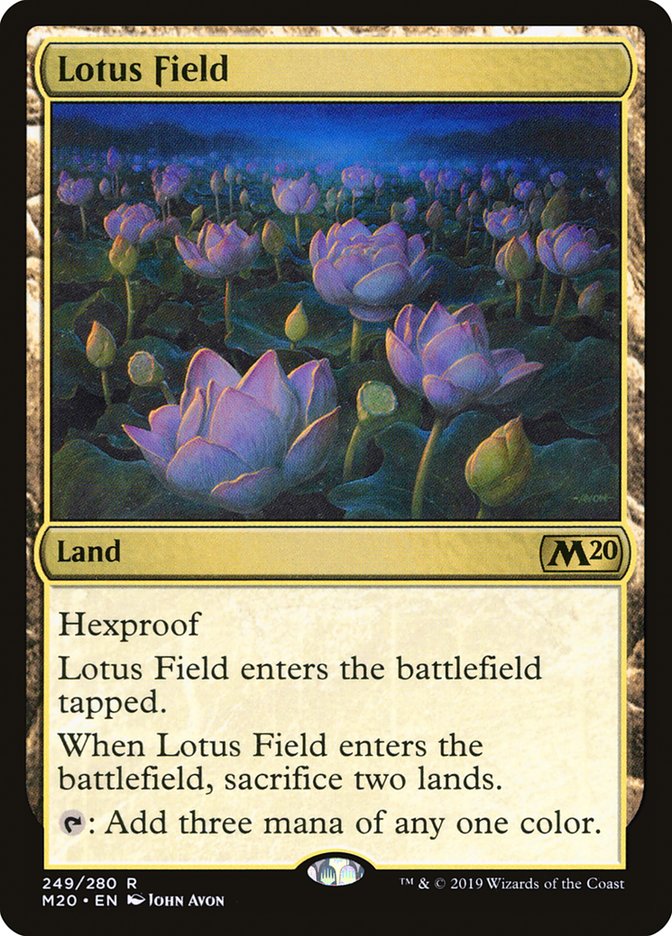
Next up on our dabbling in the deep ocean of Lurrus decks in Pioneer is one near and dear to my heart, Lotus Breach. Here is the list that I'll likely be playing in a few upcoming tournaments.
The Deck


So with this version, there aren't a huge number of cards that you need to remove to obey Lurrus' Companion restriction, the only major one being Vizier of Tumbling Sands. But with these open spots, you gain access to a whole new slot of tools. An increased number of Satyr Wayfinder will allow you to gum up the board a bit more with another blocker while providing you with extra lands and cards to exile for your future escaping. Soul-Guide Lantern is the new tech that Lurrus is really helping you play here. Most importantly this will help you win the Lurrus mirror against a variety of the decks with that Companion.
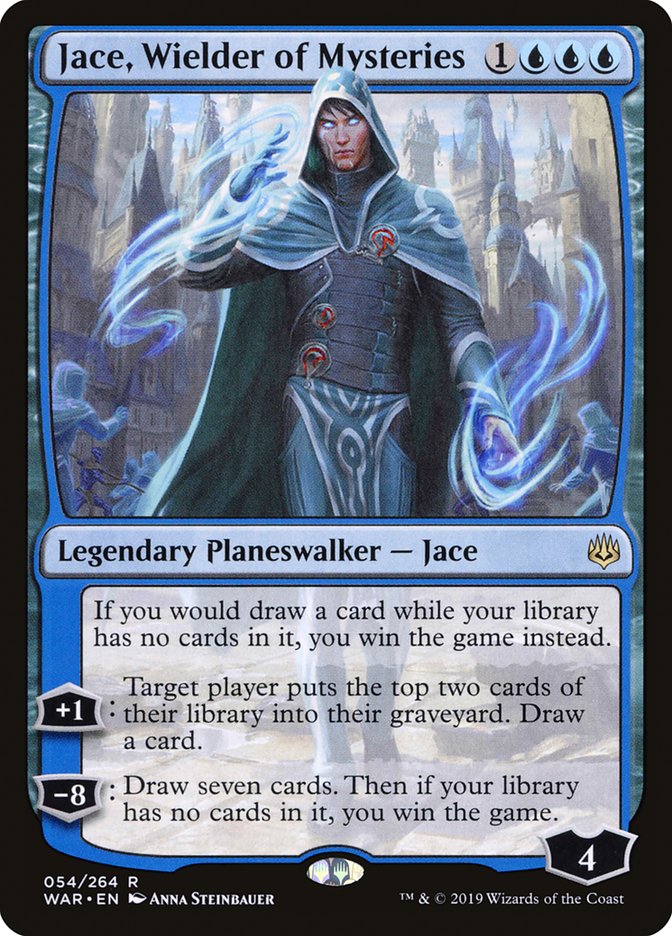
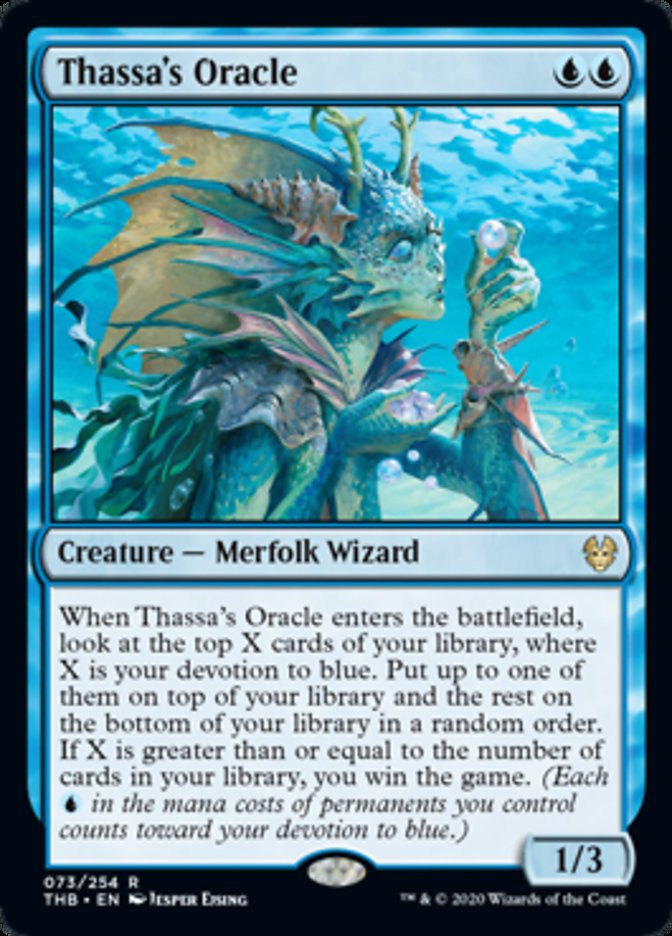
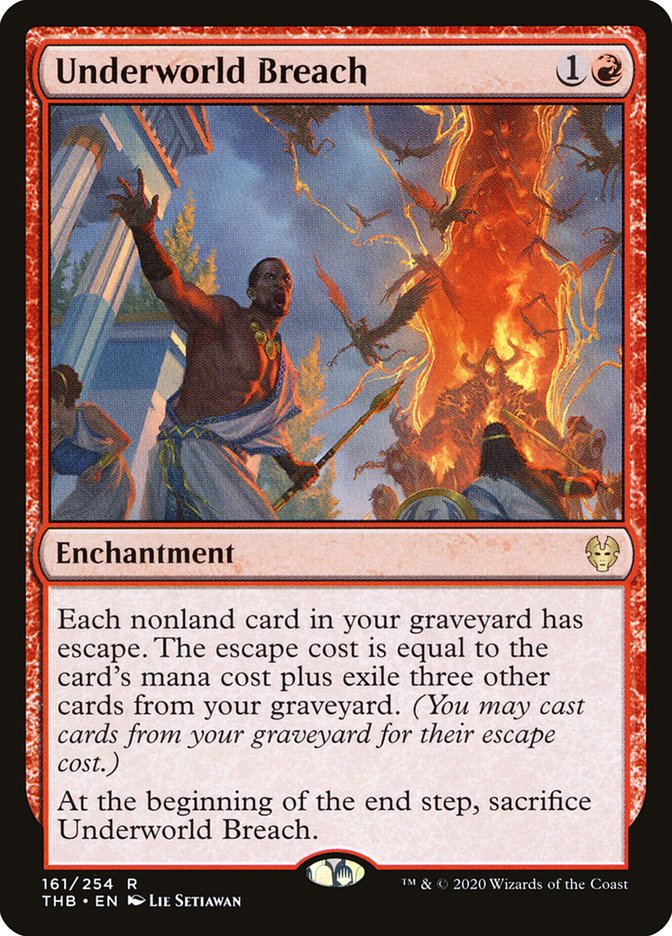
But should you regularly play Lurrus onto the battlefield? Well, this is a really tough question to ask. I haven't proactively played Lurrus except in aggressive matchups where its lifelink is going to be relevant. However, when going to combo off, it can provide you with those extra cards in graveyard via Satyr Wayfinder that you will need to win the game more easily. The most important thing to remember from a gameplay perspective is that this deck wants to win the same way, have no deck via Tome Scour and Underworld Breach and Thassa's Oracle or Jace, Wielder of Mysteries to close it out.
Sideboarding
All in all this deck hasn't changed much besides the sideboard plan. As mentioned in one of my earlier articles, the sideboard mostly functions as a "Wish Board" for you to find specific answers to problems with Granted. However, there are a few new cards that you will want to board in.

Ratchet Bomb is the closest analog to Engineered explosives. It destroys all non-land permanents with converted mana cost equal to the number of charge counters on it, but you need to crank it up to the desired number. This is a key card to defeat your opponents sideboard cards like Deafening Silence, Damping Sphere, and Alpine Moon. But don't overlook its ability to destroy a lot of low costed creatures in matchups like the aforementioned Orzhov Sram deck.

Wilt is a newcomer from Ikoria and will be a huge player in combo decks that fear hate cards. It is such an improvement from all the other Naturalize effects we were playing and provides you with a huge bonus when comboing off. Instead of dreading drawing multiples of this card, you can feel free to cycle them away providing you with a new card and something to use to fuel your escape costs.
Lurrus provides one really important thing to this deck, a way to recur your Underworld Breach. No longer do you need to fully fear the discard menace, as you can slam Lurrus and cast that Breach right out of your graveyard. Right now this deck is fairly well-positioned, having put up some serious results recently on MTGO, and it looks like it isn't going away any time soon.
Lurrus Grixis Control

The last deck we are going to talk about is the one I'm currently picking up pieces for. This is a spicy Grixis Control deck courtesy of Ryan Overturf, who played it in the most recent Team Lotus Box 1k.
The Deck


As you can see it is a mostly stock Grixis control list. In the mainboard, there are only three cards that can be cast out of the graveyard with Lurrus. Jace, Vryn's Prodigy was an absolute powerhouse in Standard and has put up some significant results in Pioneer, showing up in Inverter of Truth, and Sultai Delirium lists. Here it does what it does best, flipping as quickly as possible and trying to bury your opponents under some of the best instant and sorceries in the format. Kroxa, Titan of Death's Hunger is the only other creature in this deck. Kroxa allows you to quickly cash in the front half to force your opponent to discard and possibly lose three. Like Jace, Vryn's Prodigy, Kroxa really gets it's value once you've reached a peak amount of cards to escape it. That 6/6 body for four mana will end the game quickly and needs to be answered. However, most of the time it will quickly escape again making it a persistent threat that your opponent will burn card after card to just keep in check.



Now the instants and sorceries are how you are going to keep your opponent in check. Discovery // Dispersal, Opt, and Strategic Planning all serve similar purposes. They gain card advantage all while fueling your graveyard to gain value from a flipped Jace or to help escape Kroxa.

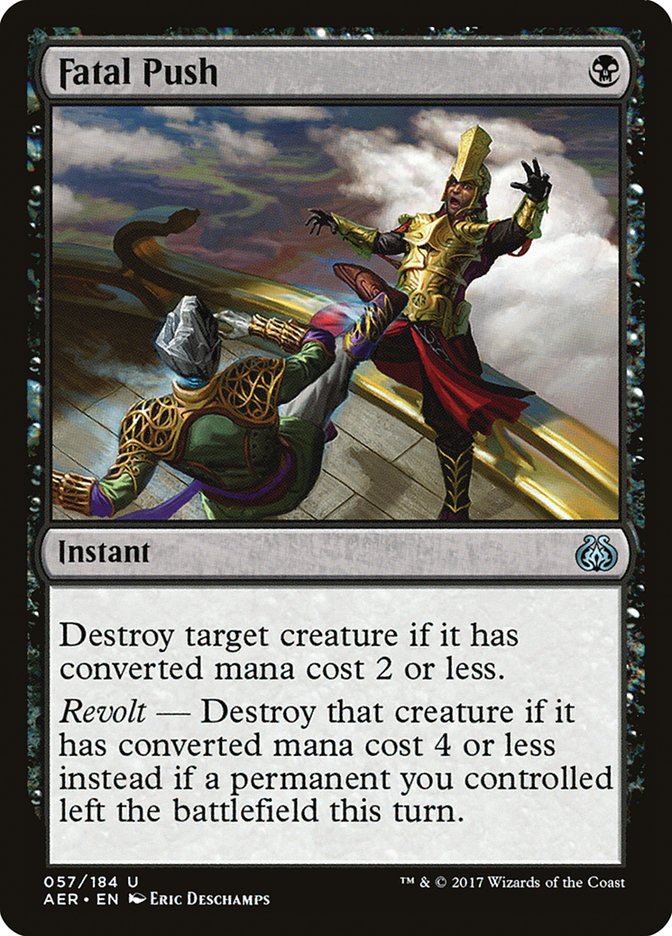

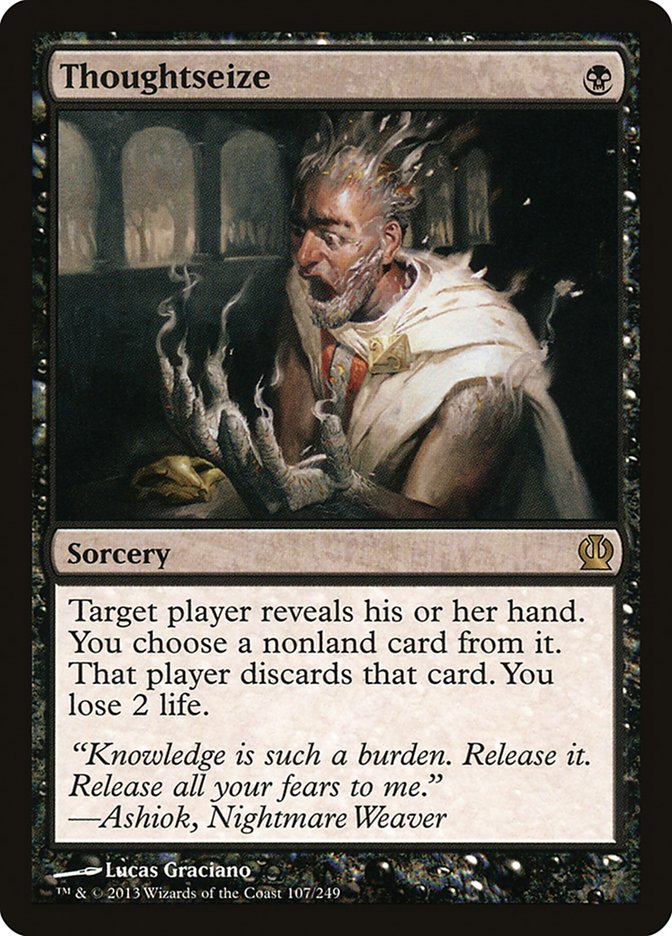
Dreadbore, a card that continues to be played more and more is a powerful effect for a cheap cost. Fatal Push and Ikoria newcomer Heartless Act should help you mop up the board of any pesky creatures. Thoughtseize is arguably the most powerful spell in the Pioneer format. With the inclusion of Companions it has definitely taken a hit since typically the card you want to deprive them of most is not in their hand during the first few turns of the game. However from a pure power level perspective, Thoughtseize still remains supreme.
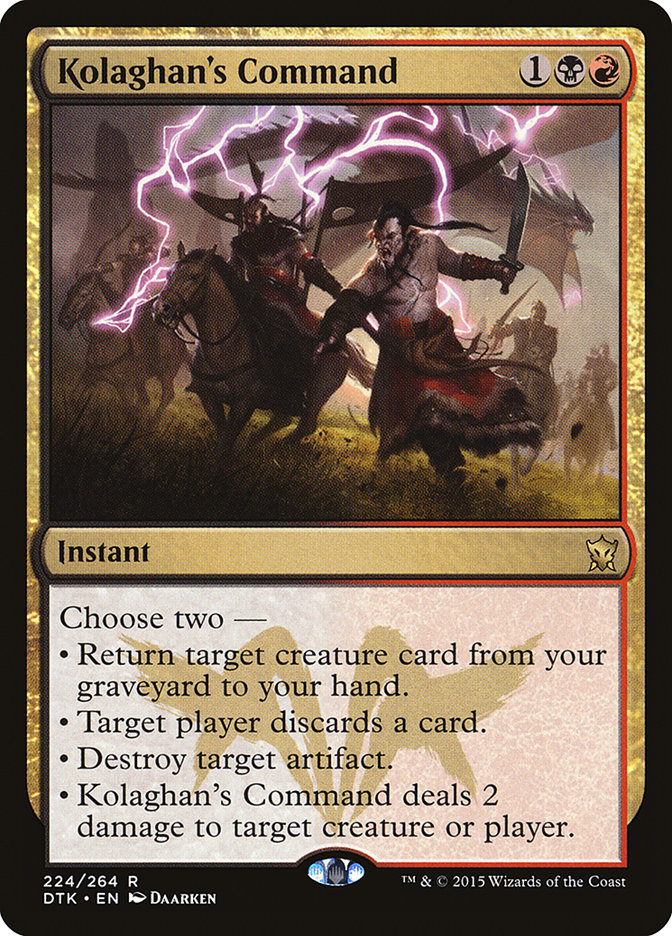
The next card is just a powerhouse due to the many modes and things that you can do with them. Kolaghan's Command has got to be one of the most powerful modal spells ever printed after Cryptic Command. It has four great modes and each is great in this deck. The first mode allows you to return a creature from your graveyard to hand. It seems like a pretty innocuous ability, but remember it can return your Lurrus after your opponent kills it. The next mode makes a player discard a card. Typically this effect is not printed at instant speed and that is for a good reason. Being able to force your opponent to discard their only card in hand in their draw step will close the door on that game very quickly. The third ability, a Shatter, has always been a playable effect. However, pairing it with any of the other modes definitely pushes this card to new heights. The last mode is a simple Shock. It might seem pretty bland but this is a powerful effect in a meta being shaped by small creatures.
Sideboarding

Like in the Orzhov Auras deck, Dead Weight is a versatile removal spell in this shell paired with Lurrus. Being able to recur it after the enchanted creature dies is a fun loop. Make sure to bring this in against aggressive decks and you will likely prosper.
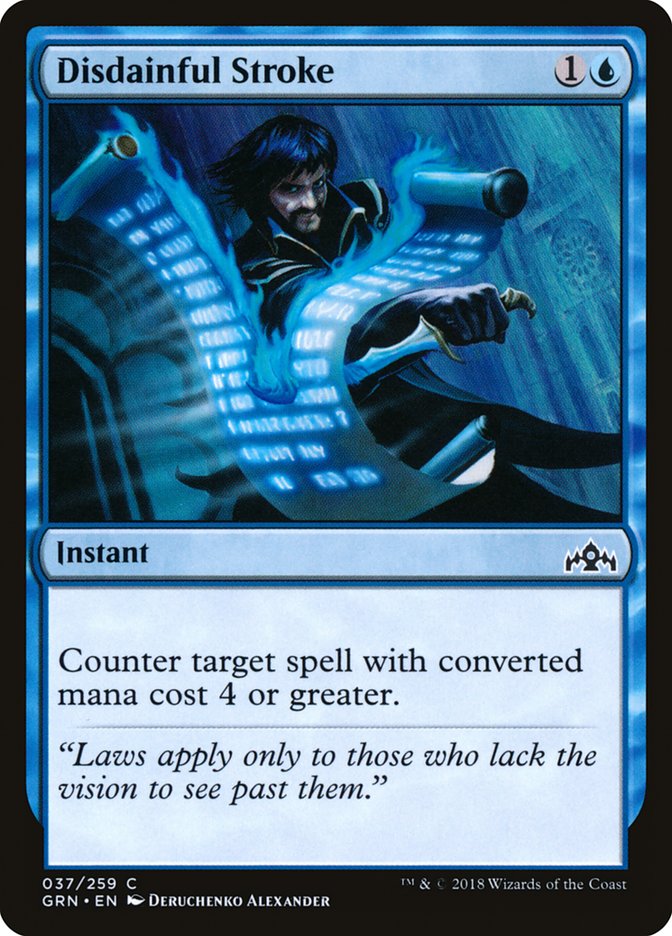
Now, there are still plenty of control decks and those taking advantage of ramp strategies. Disdainful Stroke is a cheap efficient means to end those pesky four converted mana cost spells from ever influencing the game in a meaningful way.

Jace's Defeat has been seeing more and more play recently. A very sneaky color hoser out of Hour of Devastation in a world where a ton of people are playing Mystical Dispute.

Liliana's Triumph is just a great card. Diabolic Edict has seen play on and off in Legacy for years, and now this effect has found a home in Pioneer. The menace that is Orzhov Auras needed to be answered and Liliana's Triumph is just that. Targeted protection spells can't help deal with this and it just is a great effect for a cheap price.
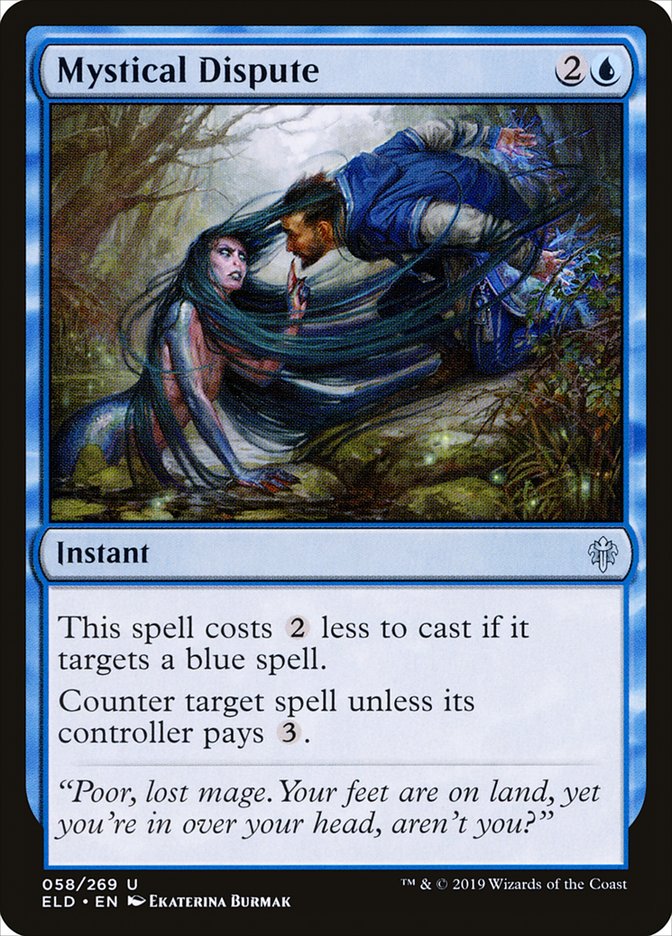
Mystical Dispute is a no brainer. Blue is extremely powerful right now in Pioneer with Inverter seeing more and more play and traditional UW Control strategies still playing their role. Being able to Mana Leak blue spells for one blue is an essential part of this decks sideboard.

Soul-Guide lantern is a card I didn't talk about when I went over the mainboard. It serves the same purpose as in Lotus Breach. It can draw you a card, hose their graveyard in matchups where that is relevant, and can be cast out of the graveyard with Lurrus. Board this in against Delirium, Lotus Breach, or really any deck that is going to use their graveyard as a resource.
To wrap this up I doubt right now that Lurrus of the Dream-Den is going to dominate Pioneer as much as other formats, but there is that possibility. There are probably five more Lurrus decks I could've talked about and that is only scratching the surface. This card is the real deal and if you are playing Pioneer you need to keep this in mind when you are building and selecting your deck. I really do love the gameplay that Lurrus promotes I know that might put me in a minority group but there is just so much that you can do with our new Cat Nightmare overlord.


